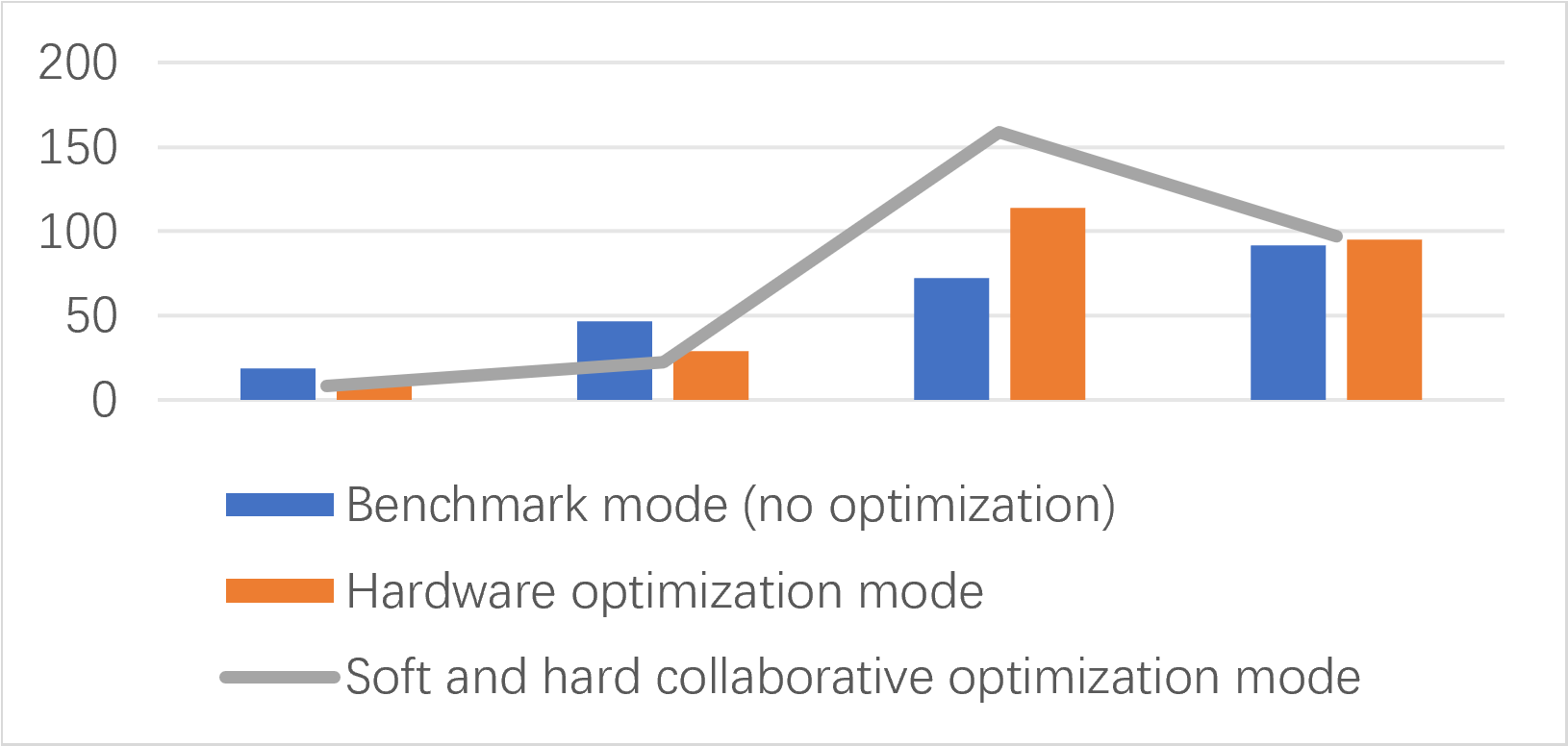Challenges and optimization ideas in low-power design for Internet of Things devices
Keywords:
low power design, Internet of Things devices, software and hardware collaboration, power consumption modelingAbstract
This paper presents a systematic low-power optimization framework for Internet of Things (IoT) devices, aiming to address persistent energy consumption challenges in long-term deployments. By constructing a modular simulation model with four evaluation metrics—average power, response time, battery life, and task success rate—we compare baseline, hardware-only, and collaborative software-hardware strategies. Results show the proposed approach reduces average power to 7.9mW, extends battery life to 158.6 hours, and achieves a 97.2% task completion rate. Field deployment confirms its adaptability and reliability. The framework provides a practical and scalable solution for low-power IoT design.
References
Zang, S. (2023). Construction of intelligent terminal equipment for electric Internet of Things based on edge computing model. Applied Mathematics and Nonlinear Sciences, 8(2), 2077–2084.
Liu, X., Liu, Y., Liu, L., & Others. (2022). Remote data acquisition and management technology of power equipment based on Internet of Things. Mobile Information Systems, 2022, 1–8.
Commey, D., Nkoom, M., Hounsinou, G. S., & Others. (2025). Blockchain-enabled dynamic honeypot conversion for resource-efficient IoT security. Journal of Information Security and Applications, 93, 104109.
Krolik, O., & Szydlo, T. (2026). MicroFaaS: Adaptive serverless computing for Internet of Things. Future Generation Computer Systems, 174, 107914.
S., J., P., R., Pushpa, M., & Others. (2025). A resilient, high-performance, low-power 11T CNTFET SRAM cell for IoT implementations. Physica Scripta, 100(5), 055015.
Seyedi, S., & Abdoli, H. (2025). A fault tolerant CSA in QCA technology for IoT devices. Scientific Reports, 15(1), 3396.
Meligy, E. A. M., Fathi, H., Mahmoud, A. H., & Others. (2024). A FinFET-based static memory cell optimized for stability and low power consumption. Physica Scripta, 99(11), 115273.
Hsueh, C.-W., & Huang, W.-T. (2018). Power consumption and calculation requirement analysis of AES for WSN IoT. Sensors (Basel, Switzerland), 18(6), 1675.
Ruan, H., Sun, P., Dong, Y., & Others. (2025). An overview of LoRa localization technologies. Computers, Materials & Continua, 82(2), 1645–1680.
Diane, A., Diallo, O., & Ndoye, M. H. E. (2025). A systematic and comprehensive review on low power wide area network: Characteristics, architecture, applications and research challenges. Discover Internet of Things, 5(1), 7.
Vassilis, A., Georgios, G., Christos, D., & Others. (2022). An ultra low power analog integrated radial basis function classifier for smart IoT systems. Analog Integrated Circuits and Signal Processing, 112(2), 225–236.
Han, S. H., Choi, H. T., & Yoon, S. J. (2024). Enhancing security in low-power wide-area (LPWA) IoT environments: The role of HSM, tamper-proof technology, and quantum cryptography. Journal of Web Engineering, 23(6), 787–800.
Ramezani, M., Naderi, A., Vu, L. H., & Others. (2020). Battery management technique to reduce standby energy consumption in ultra-low power IoT and sensory applications. IEEE Transactions on Circuits and Systems I: Regular Papers, 67(1), 336–345.
Sengupta, A., & Kundu, S. (2017). Guest editorial: Securing IoT hardware—Threat models and reliable, low-power design solutions. IEEE Transactions on Very Large Scale Integration (VLSI) Systems, 25(12), 3265–3267.
Gilles, C., Guus, L., Van Mieghem, J. M., & Others. (2021). The art of designing remote IoT devices—Technologies and strategies for a long battery life. Sensors, 21(3), 913.




